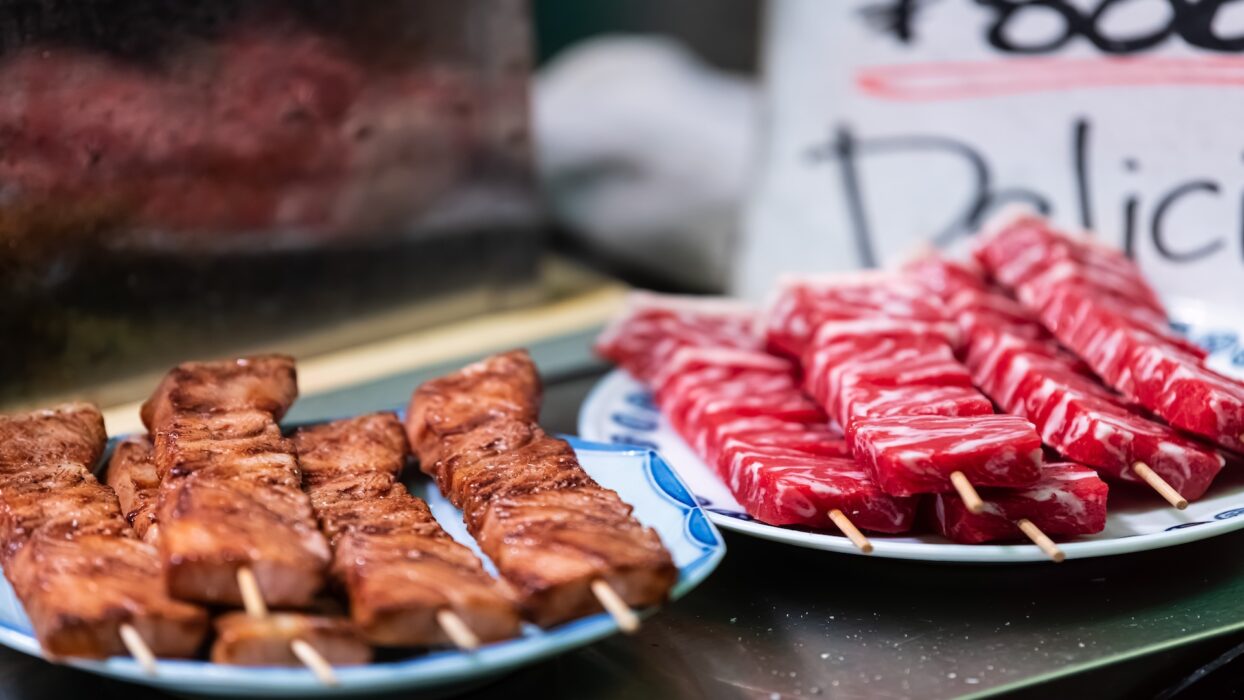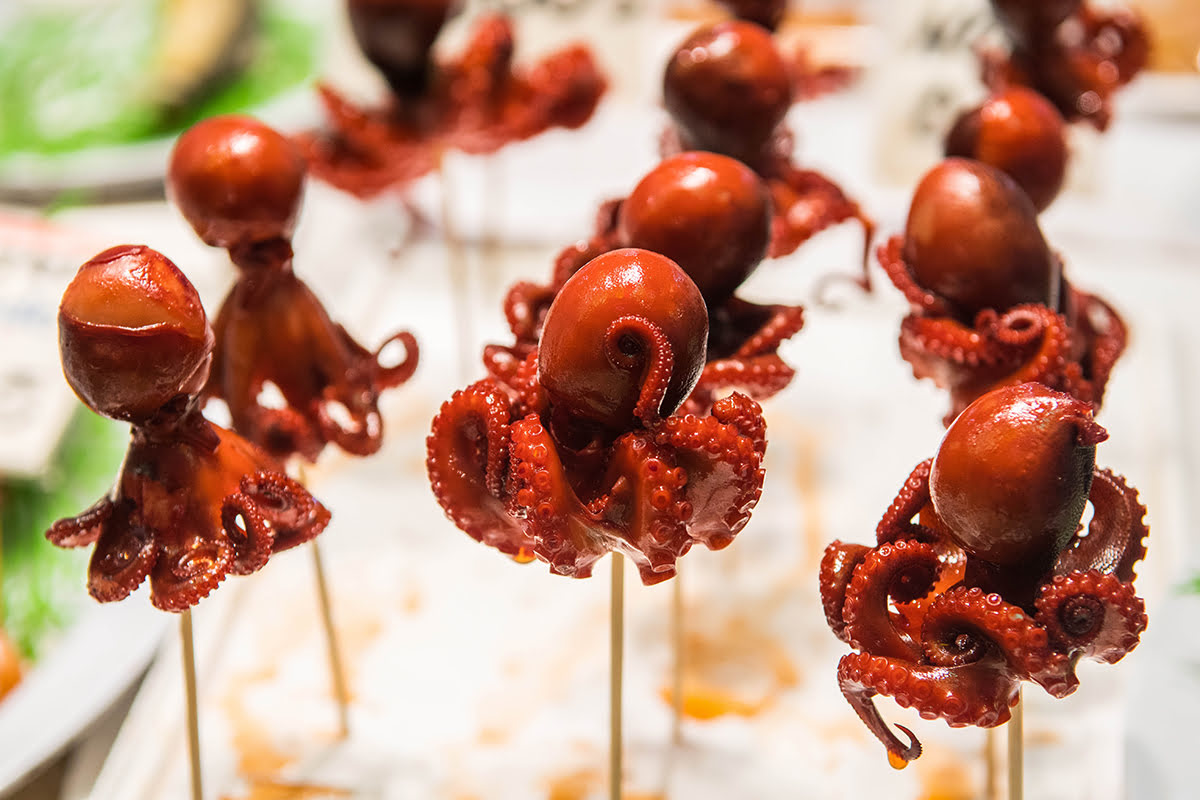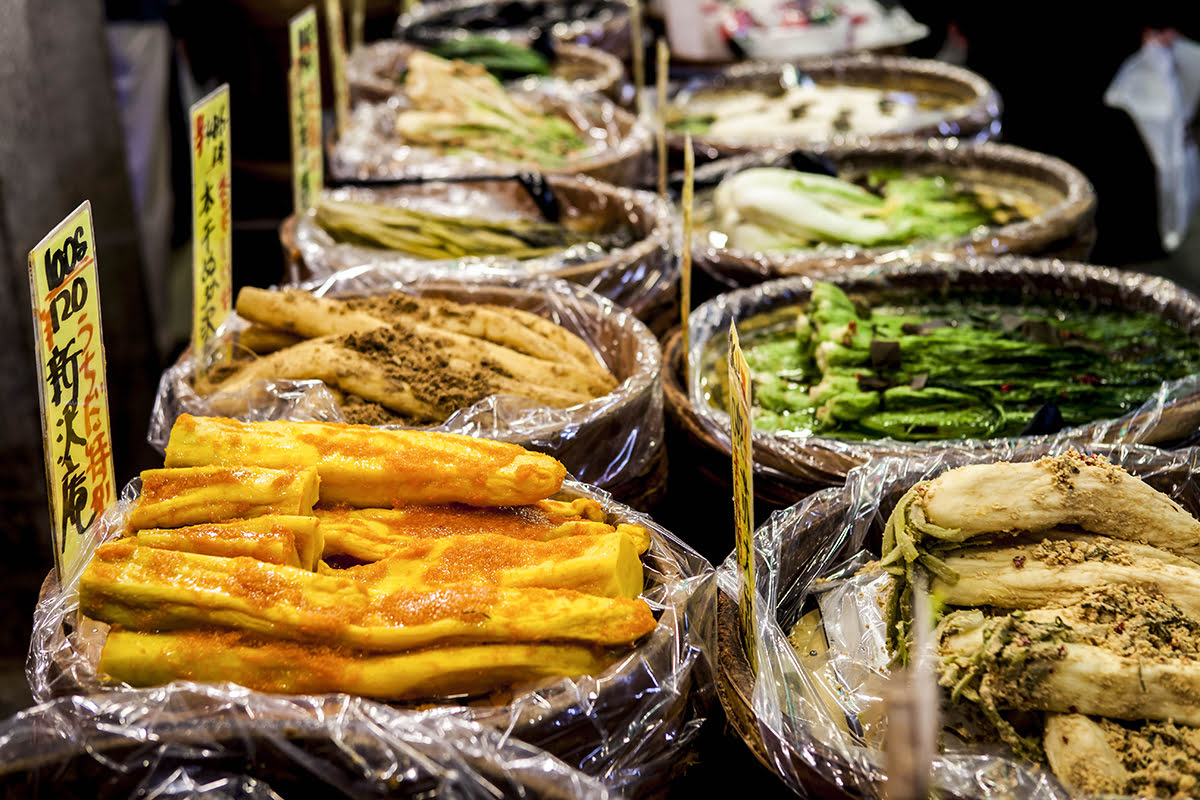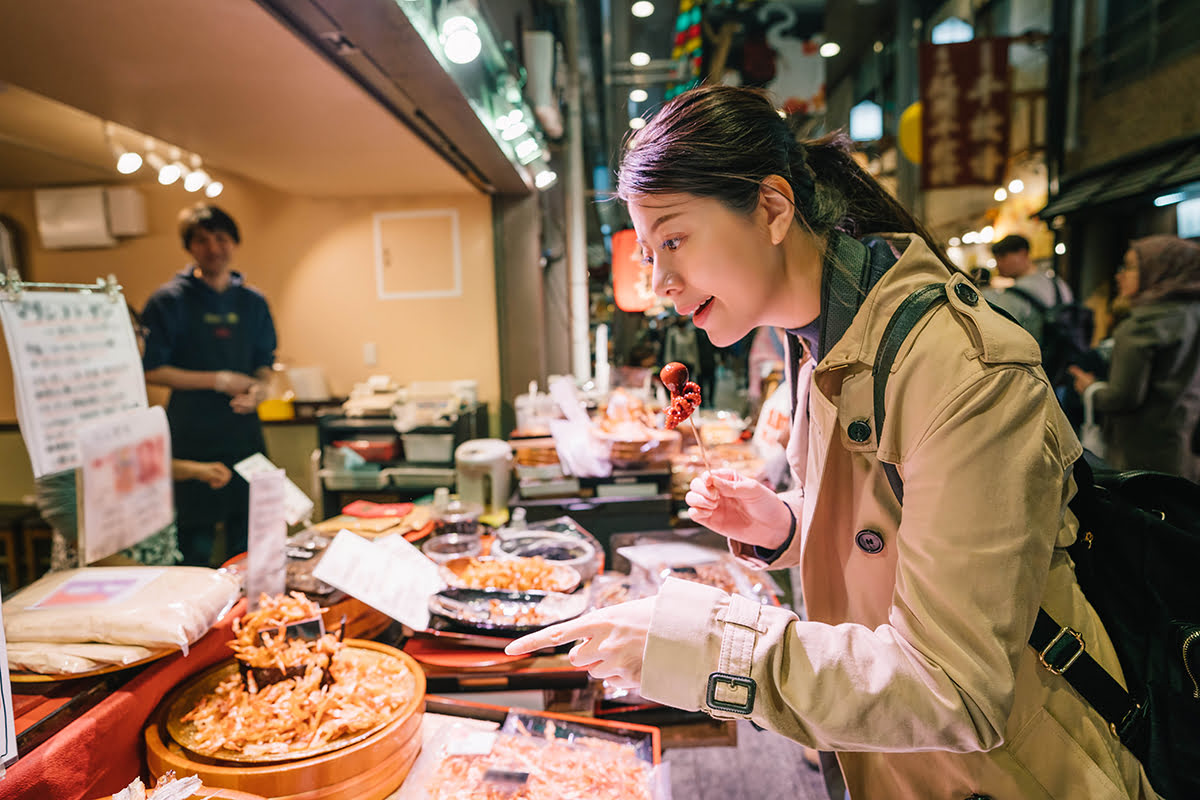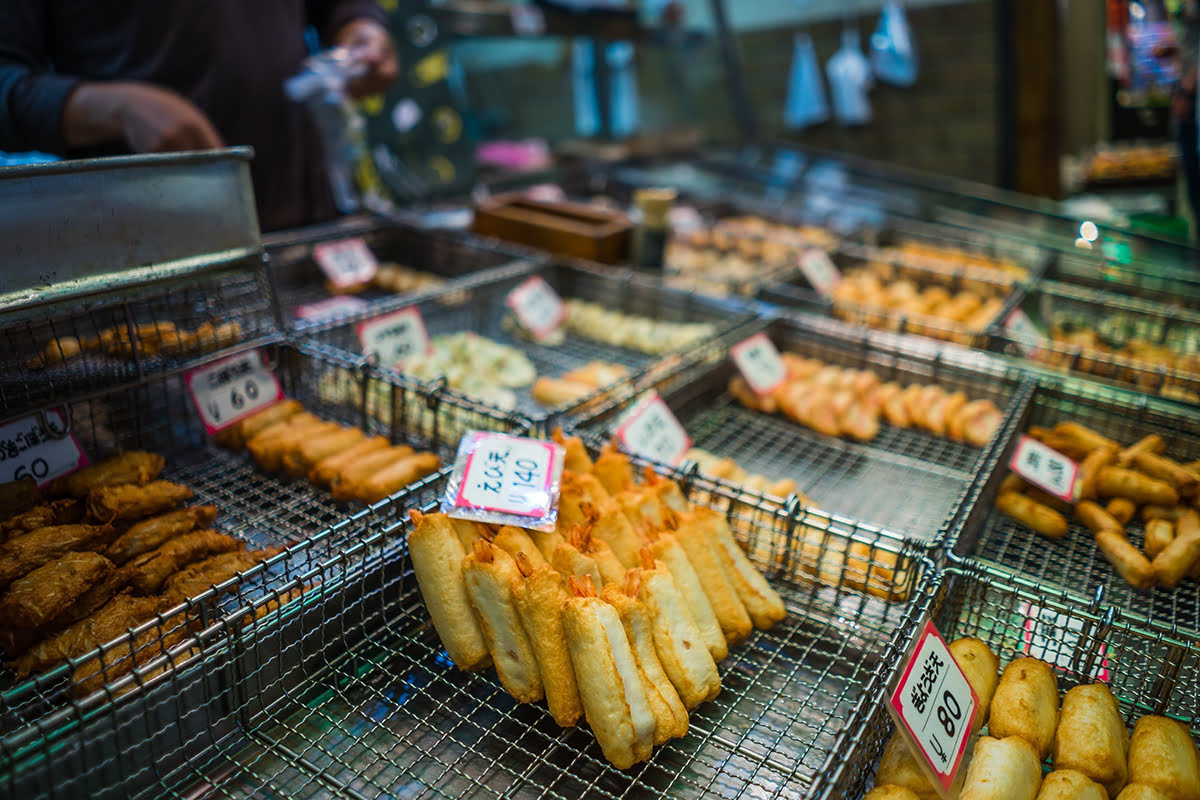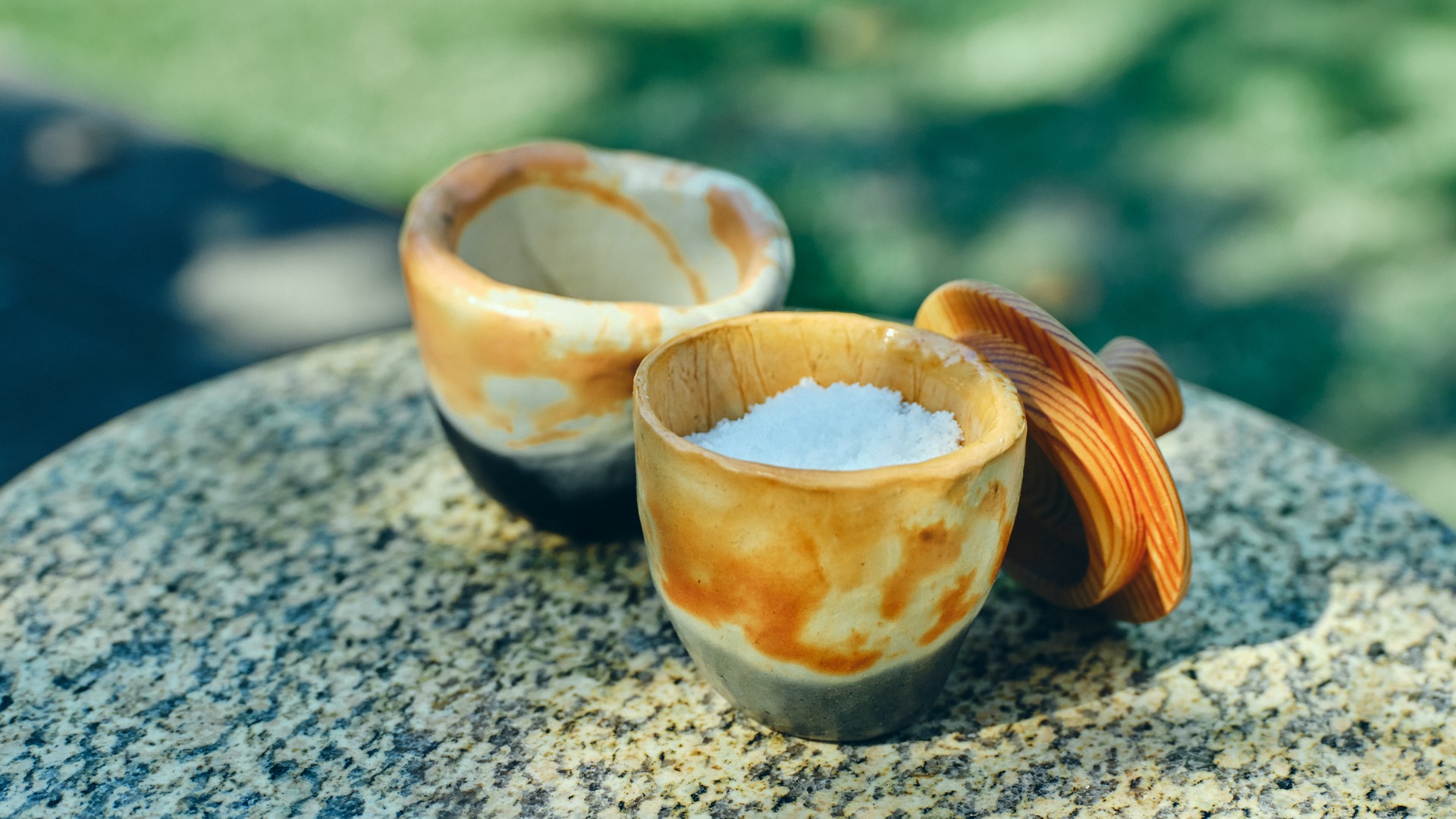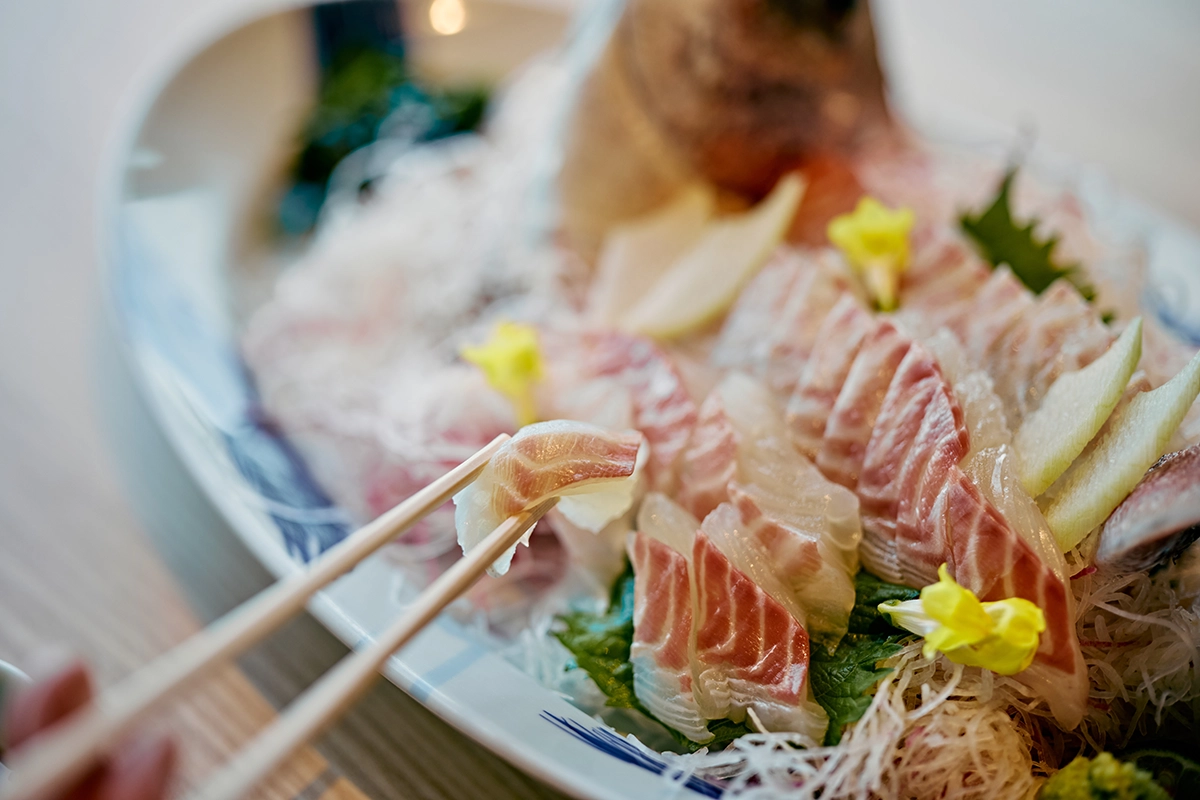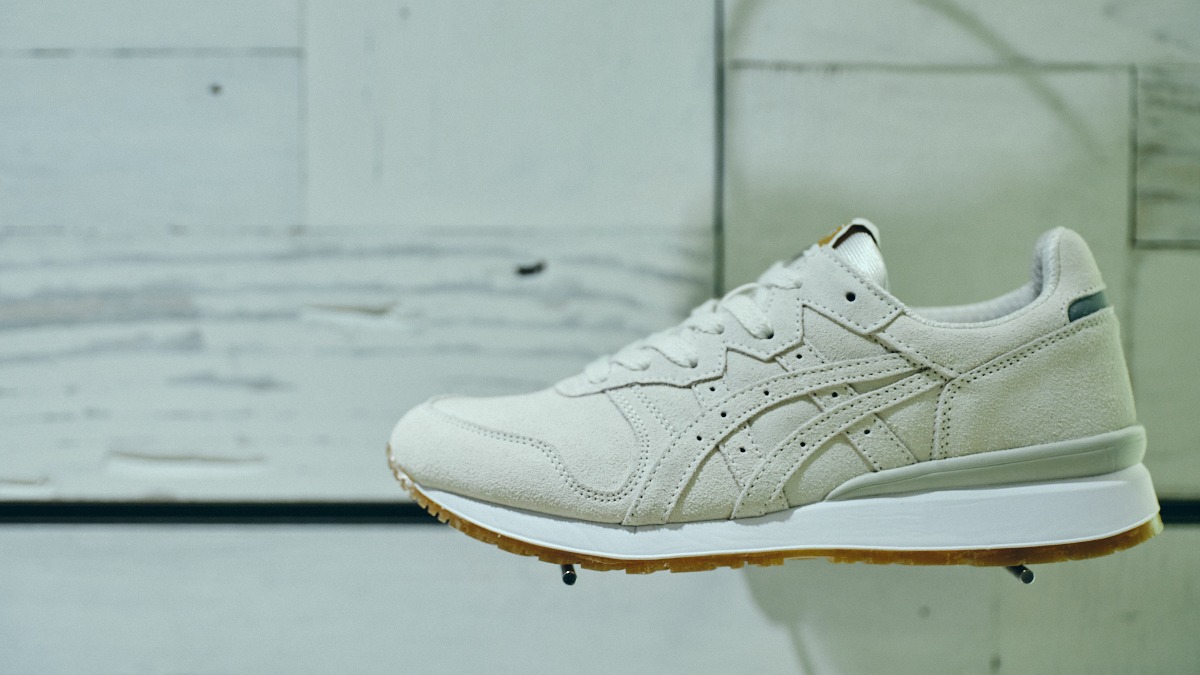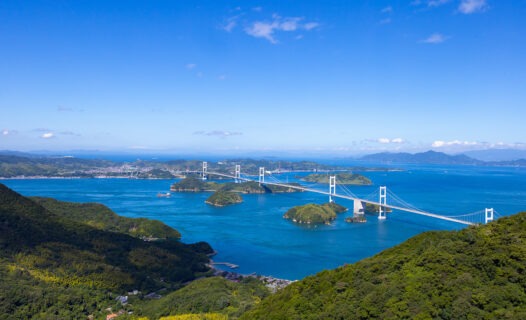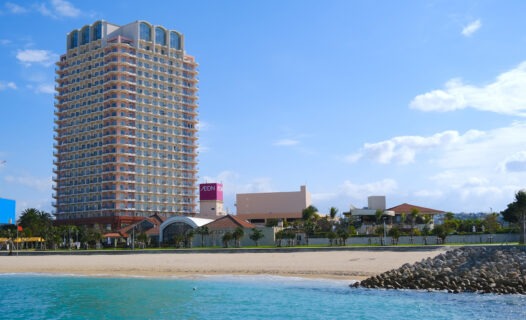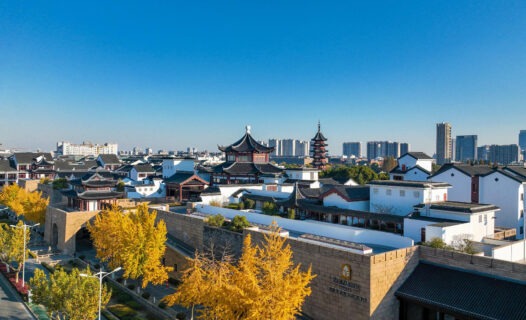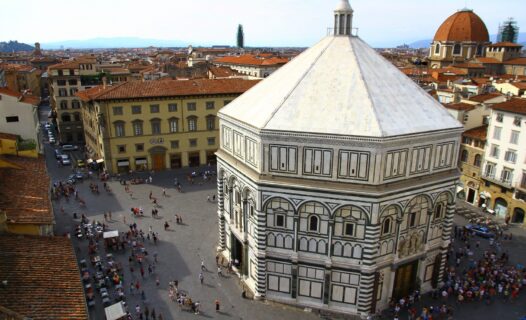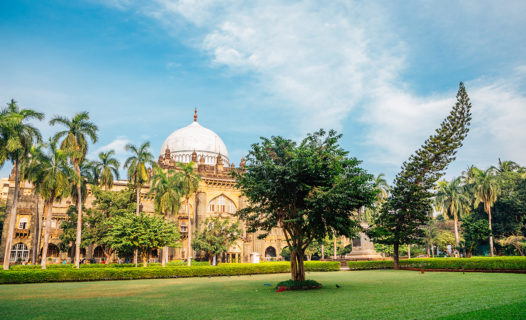Step into the bustling lanes of Nishiki Market, Kyoto’s culinary epicenter, where traditional flavors meet the city’s rich cultural heritage. Known as “Kyoto’s Kitchen,” this five-block-long shopping street boasts over one hundred shops and restaurants that have been serving locals and tourists alike for centuries. In this guide, we dive into the heart of Nishiki Market to unveil the top street food delicacies that promise an unforgettable gastronomic journey.
The Must-Try Street Foods of Nishiki Market
Savory Delights
Tako Tamago (Octopus with Quail Egg) – A skewered snack featuring a baby octopus with a quail egg stuffed in its head. It’s a quirky yet delicious treat that perfectly captures the essence of Japanese street food.
Tamagoyaki (Japanese Omelette) – Enjoy the sweet and fluffy tamagoyaki, made by rolling together several layers of cooked egg. These omelettes are a Nishiki Market staple, often enjoyed on the go.
Sweet Treats
Matcha Sweets – From matcha ice cream to matcha-flavored mochi, the market is a haven for green tea aficionados. Don’t miss out on these vibrant, antioxidant-rich confections.
Yatsuhashi (Cinnamon Cookies) – Yatsuhashi is a traditional Japanese sweet made from mochi rice flour, sugar, and cinnamon. Often filled with sweet red bean paste, it’s a must-try for anyone with a sweet tooth.
Diving Deeper into Nishiki Market’s Culinary Scene
Local Specialties and Seasonal Delights
Kyoto is renowned for its seasonal cuisine, and Nishiki Market is the perfect place to experience this aspect of Japanese food culture. Spring visitors can enjoy sakura-flavored snacks, while autumn brings an abundance of chestnut-based treats and matsutake mushrooms delicacies.
Interactive Food Experiences
Beyond mere tasting, Nishiki Market offers hands-on food experiences. Join a pickling workshop to learn the art of making tsukemono (Japanese pickles), a staple in Japanese cuisine, or participate in a sushi-making class to craft your own nigiri and rolls.
Planning Your Visit to Nishiki Market
Before you embark on this culinary adventure, here are a few practical tips to enhance your experience at Nishiki Market:
- Best Time to Visit: To avoid the crowds and enjoy a more relaxed experience, aim to visit on weekday mornings.
- Payment Methods: While some vendors accept credit cards, carrying cash is advisable for seamless transactions.
- Eating Etiquette: Keep in mind that many stalls do not allow eating on the premises. Look for designated eating areas to enjoy your purchases.
Embrace the hustle and bustle of Kyoto’s gourmet paradise. From savory snacks to sweet treats, Nishiki Market’s diverse offerings are sure to delight every palate. Prepare for an unforgettable exploration of flavor and tradition in the heart of Kyoto.
Frequently Asked Questions About Visiting Nishiki Market
What are the operating hours of Nishiki Market?
Most shops and stalls in Nishiki Market are open from 9:00 AM to 6:00 PM. However, hours may vary for individual vendors.
Can I find vegetarian or vegan options at Nishiki Market?
Yes, Nishiki Market offers a range of vegetarian and vegan-friendly options, showcasing the versatility of Japanese cuisine.
Is there an admission fee to enter Nishiki Market?
No, there is no admission fee. Visitors are free to explore the market at their own pace.
How do I get to Nishiki Market?Nishiki Market is centrally located and easily accessible by public transportation. The nearest subway station is Shijo Station on the Karasuma Line.
Are there guided tours available for Nishiki Market?
Yes, guided tours are available, offering insightful background on the market’s history, culture, and culinary offerings.
As the sun sets on Nishiki Market, the lanterns cast a warm glow over the bustling alleyways, inviting you to reflect on the day’s discoveries. Each visit to Nishiki Market unveils new flavors, crafts, and stories, making every experience as unique as the market itself. It stands not just as a testament to Kyoto’s rich culinary tradition but as a vibrant community of artisans, chefs, and local patrons who together weave the fabric of Kyoto’s living history. Whether it’s your first visit or your hundredth, Nishiki Market remains an endless source of culinary inspiration and cultural delight.

